I speak to thousands of dentists each year and I see one common malady that probably affects the majority of them — paralysis-by-analysis syndrome. Dentists, by our nature, like to become comfortable with one thing and then stay with it for a long time, even though the dentistry is constantly changing for the better. Dentists may sit and study something for months and even years before they decide on it.
I will sometimes hear a dentist say, “I will wait for the evidence-based dentistry before I consider this product or technique as a treatment option.” This particular dentist has probably never researched to see what evidence already supports this technique or new technology. Many times, the dentist wouldn’t even know where to look to find evidence-based studies to support the option. And 90 percent of the time the dentist wouldn’t be able to evaluate whether the scientific study was conducted properly or not. Additionally, evidence-based dentistry should not be a replacement for your brain and your years of experience in dentistry.
I’m not picking on evidence-based dentistry, I am saying just the opposite — dentists are using it as another excuse to remain complacent when we should be expanding our treatment options for patients and giving them greater access to care for treatments that really work, especially when already supported by evidence-based research.
Let me give you some examples:
1. No-preparation veneers — There are still many dentists who have not adopted minimal- or no-preparation veneers (Cristal Veneers, Aurum Ceramics) into their practice. In many cases these vaneers are the best treatment option for patients’ esthetic needs. In this category, I will mention another facet of paralysis-by-analysis syndrome: complacency with laboratories that dentists have may already been using. Many dentists will tell me, “I’m not really happy with my dental laboratory, and the esthetics are just OK.” Then they use no-prep veneers that don’t look that good, but won't change laboratories. If you are not happy with the results your dental lab is giving you or with your laboratories’ communication abilities, change laboratories immediately! Stop being complacent and do what is best, esthetically and functionally, for your patients.
2. Botox and dermal fillers — This is now well-established in dentistry with studies regarding dental therapeutics going back nearly 20 years. It has been estimated that nearly 20 percent of dentists have been trained using Botox and dermal fillers. With proper training, these procedures are easy to accomplish and provide a number of new dental treatment options for your patients. There is no capital investment involved. I can already hear the paralysis-by-analysis syndrome working in your brain: “I am not sure; I don’t know; let me see the studies; etc.” The American Academy of Facial Esthetics has already trained more than 6,000 dental professionals from 28 countries in these procedures and has more than 1,500 members worldwide. The literature about Botox and dermal fillers in dentistry is well established (www.facialesthetics.org).
3. Dental lasers — Every dentist should have at least a soft tissue diode laser now that they have become easily affordable. There is just no excuse why every dentist should not be a laser dentist. For every soft tissue use, you will find much more precision and faster healing when you use a diode soft tissue laser. With uses such as laser troughing for impressions, esthetic and periodontal uses and more, you will find a diode laser an integral part of your daily practice. Diode lasers specifically have been in dentistry for years and are now well proven.
4. All-zirconia crowns — These are the fastest category of crowns in the history of dentistry. All-zirconia crowns are also becoming much more esthetic with the well-proven Zir-Max crowns (Burbank Dental Laboratories) and are virtually unbreakable. Yes, porcelain fused to metal crowns have been around for 150 years, so are they well proven? Absolutely. Do they still have their challenges? Yes, some of which still exist after 150 years. It is time for some significant advances in fixed prosthodontics and they are finally here with new, well-tested materials for crowns.
It is our legal, ethical and moral duty to give patients all of the available treatment options that will serve their needs. To do this, you have to know what is going on in dentistry, what products, techniques, and technology are now available, and get trained in them so that you can properly treat patients by offering all the available options. Make it your resolution even though we are well into the new year — say goodbye to “paralysis by analysis” forever and build your practice now more than ever.
Note: This article appeared in Dental Tribune Canada, Vol. 6 No. 2, April 2012.
The clock is ticking. In 2025, your website is your front desk, your waiting room and your first impression. If your site is more than four years old — ...
As the dentist, you are the top revenue producer in your practice, but as much as you try, you can’t wear all the hats. Your practice wouldn’t ...
A recent study reported in The Cleft Palate–Craniofacial Journal, the publication of the American Cleft Palate–Craniofacial Association, ...
The Shils Fund is thrilled to announce the finalists advancing to the Grand Finale of the Shils Fund Great Oral Health Pitch — a dynamic, virtual pitch ...
If you’ve been thinking about building your own dental practice, now’s a great time to jump in. Market conditions continue to support favorable ...
BALTIMORE, US: Alpha-gal syndrome is a delayed allergic reaction to a specific carbohydrate molecule found in mammalian meat and certain medical products ...
NEW YORK, N.Y., USA: The American Academy of Cosmetic Dentistry (AACD), the world’s largest non-profit membership association dedicated to the art and...
CHICAGO, IL, and NEW YORK, NY, USA: It’s no surprise that an improved smile can make a person appear more intelligent, successful and attractive. ...
For decades, dentists around the world have profited from high demand for dental clinics by selling to a dental support organisation (DSO), entering ...
CHICAGO, Ill., USA: BISCO has introduced TheraCal PT — a biocompatible, dual-cured, resin-modified calcium silicate designed for pulpotomy treatment. ...
Live webinar
Mon. 15 December 2025
5:30 AM EST (New York)
Live webinar
Mon. 15 December 2025
2:00 PM EST (New York)
Dr. Andrew Ip, Przemek Seweryniak
Live webinar
Mon. 15 December 2025
5:00 PM EST (New York)
Live webinar
Wed. 17 December 2025
6:00 AM EST (New York)
Dr. Piet Haers Oral and Maxillofacial Surgeon
Live webinar
Wed. 17 December 2025
9:00 AM EST (New York)
Prof. Hani Ounsi DDS PhD FICD, Dr. Amr Ghanem
Live webinar
Wed. 17 December 2025
4:00 PM EST (New York)
Dr. Melissa Vettraino Bachstein DDS
Live webinar
Thu. 18 December 2025
11:00 AM EST (New York)



 Austria / Österreich
Austria / Österreich
 Bosnia and Herzegovina / Босна и Херцеговина
Bosnia and Herzegovina / Босна и Херцеговина
 Bulgaria / България
Bulgaria / България
 Croatia / Hrvatska
Croatia / Hrvatska
 Czech Republic & Slovakia / Česká republika & Slovensko
Czech Republic & Slovakia / Česká republika & Slovensko
 France / France
France / France
 Germany / Deutschland
Germany / Deutschland
 Greece / ΕΛΛΑΔΑ
Greece / ΕΛΛΑΔΑ
 Hungary / Hungary
Hungary / Hungary
 Italy / Italia
Italy / Italia
 Netherlands / Nederland
Netherlands / Nederland
 Nordic / Nordic
Nordic / Nordic
 Poland / Polska
Poland / Polska
 Portugal / Portugal
Portugal / Portugal
 Romania & Moldova / România & Moldova
Romania & Moldova / România & Moldova
 Slovenia / Slovenija
Slovenia / Slovenija
 Serbia & Montenegro / Србија и Црна Гора
Serbia & Montenegro / Србија и Црна Гора
 Spain / España
Spain / España
 Switzerland / Schweiz
Switzerland / Schweiz
 Turkey / Türkiye
Turkey / Türkiye
 UK & Ireland / UK & Ireland
UK & Ireland / UK & Ireland
 International / International
International / International
 Brazil / Brasil
Brazil / Brasil
 Canada / Canada
Canada / Canada
 Latin America / Latinoamérica
Latin America / Latinoamérica
 China / 中国
China / 中国
 India / भारत गणराज्य
India / भारत गणराज्य
 Pakistan / Pākistān
Pakistan / Pākistān
 Vietnam / Việt Nam
Vietnam / Việt Nam
 ASEAN / ASEAN
ASEAN / ASEAN
 Israel / מְדִינַת יִשְׂרָאֵל
Israel / מְדִינַת יִשְׂרָאֵל
 Algeria, Morocco & Tunisia / الجزائر والمغرب وتونس
Algeria, Morocco & Tunisia / الجزائر والمغرب وتونس
 Middle East / Middle East
Middle East / Middle East

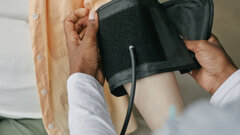
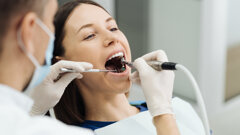






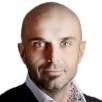























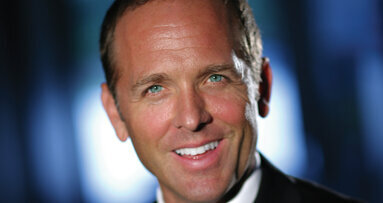
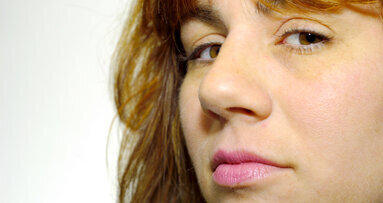

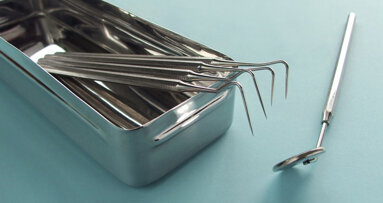

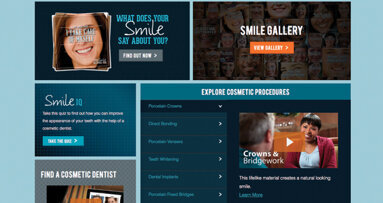
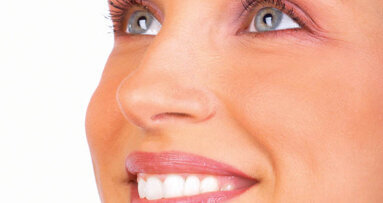
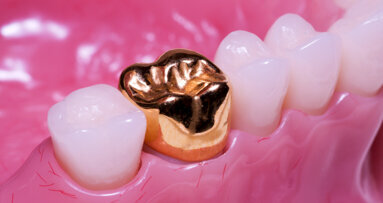
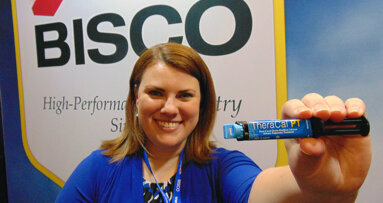














To post a reply please login or register